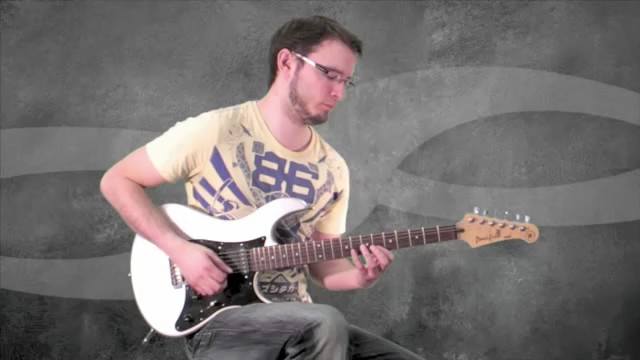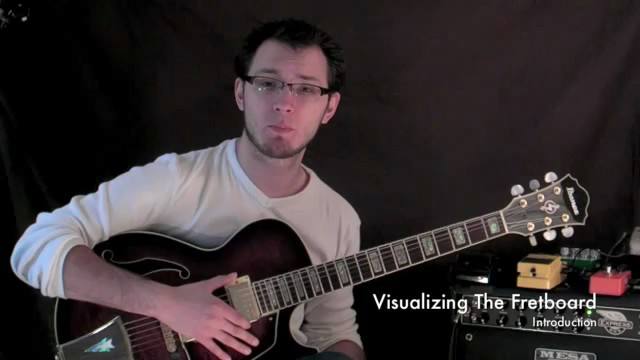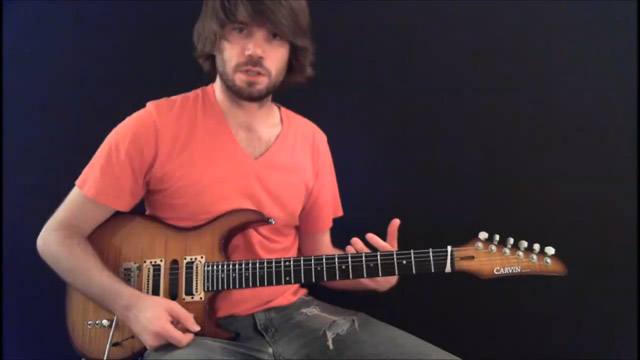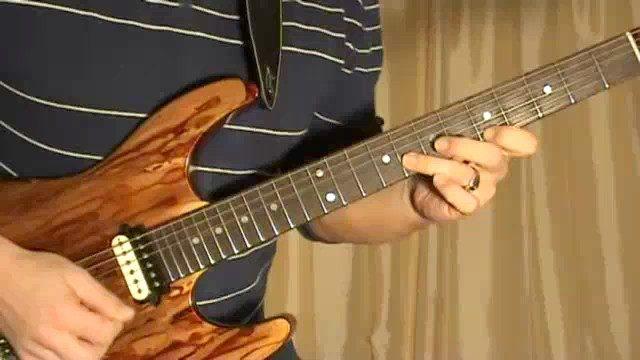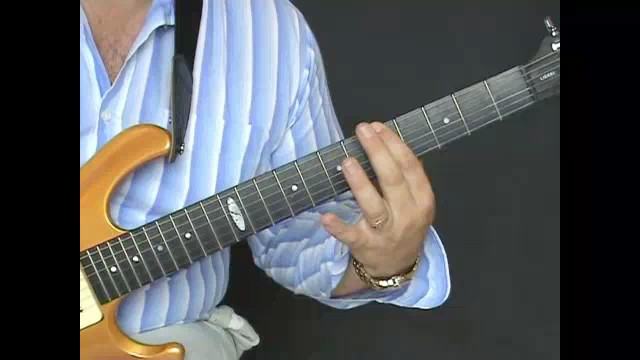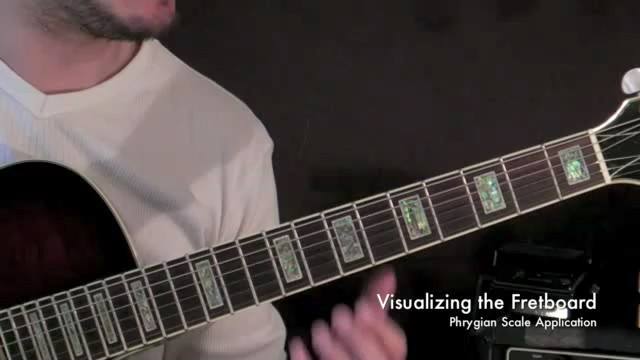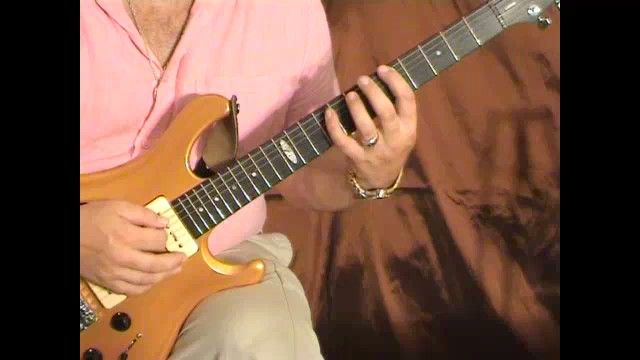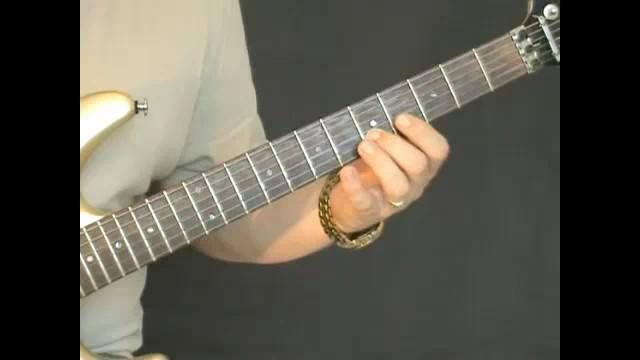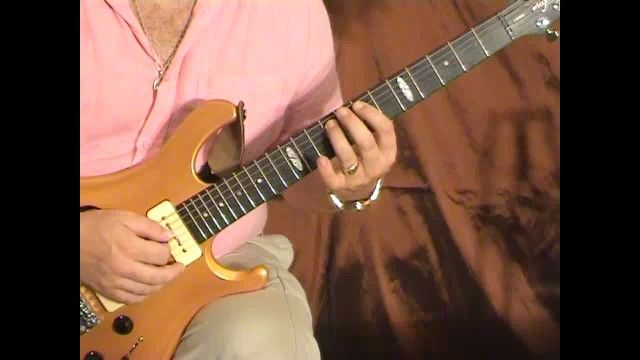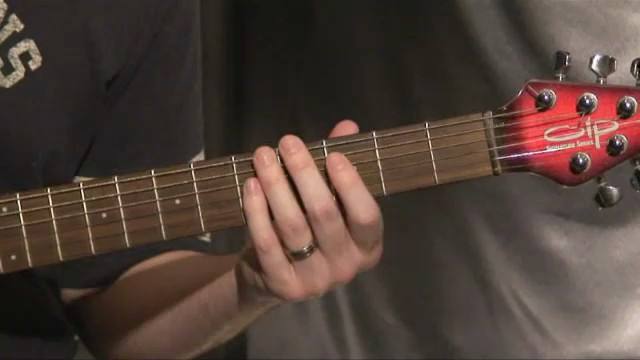Because our low B string is tuned a perfect 5th below the adjacent E string, (much like our E to A, A to D and D to G strings are) arpeggios and scales will seem to fall together relatively quickly due to the familiar symmetry.
Bars 1 through 4 demonstrate our 3-adjacent-string basic triad arpeggios (major, minor, diminished and augmented)
For the following arpeggio demonstrations, please be sure to focus closely on the provided video for fingerings, as 7-string arpeggios sometimes need to work outside your comfort zone.
E Major/Minor (3 Octave Arpeggio) - If you're familiar with the classic "Jason Becker-esque" 5 and 6 string arpeggios, these examples will look very familiar to you from the A string, onward. We're just extending those arpeggios into 7-string territory by adding an extra lower octave.
A Major/Minor (Added Lower 5th) - Again, very ala Jason Becker, we see "classic" 6 string arpeggios with an added lower 5th interval on the low B string. The reason we avoid playing an extra triad incorporating two notes on the low B string is to avoid very awkward fingerings.















